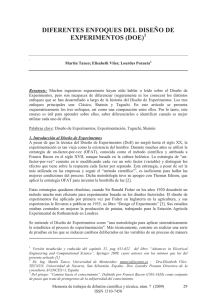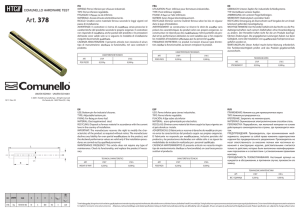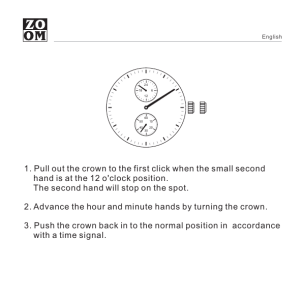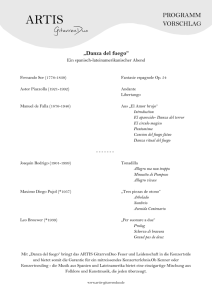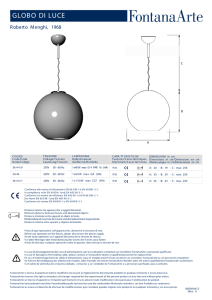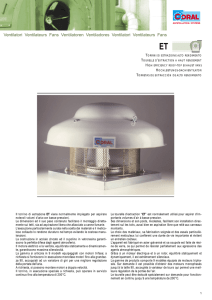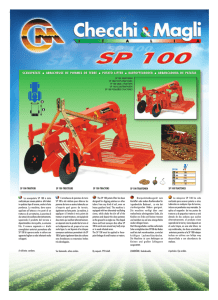Full Rocket-cara
Anuncio
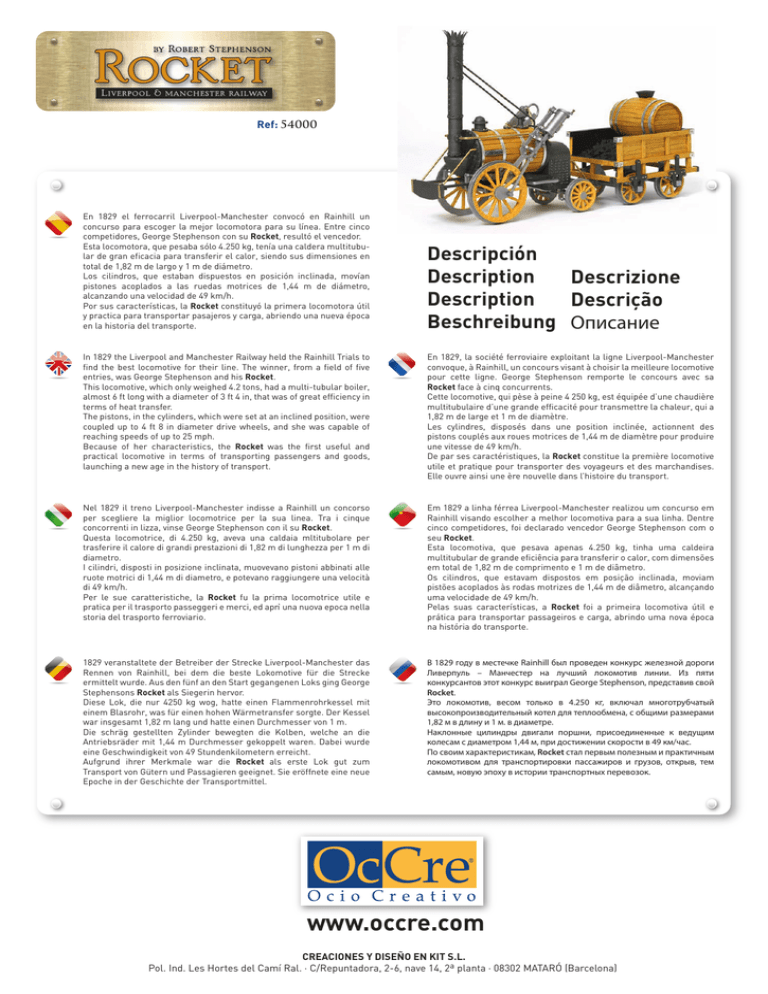
Ref: 54000 En 1829 el ferrocarril Liverpool-Manchester convocó en Rainhill un concurso para escoger la mejor locomotora para su línea. Entre cinco competidores, George Stephenson con su Rocket, resultó el vencedor. Esta locomotora, que pesaba sólo 4.250 kg, tenía una caldera multitubular de gran eficacia para transferir el calor, siendo sus dimensiones en total de 1,82 m de largo y 1 m de diámetro. Los cilindros, que estaban dispuestos en posición inclinada, movían pistones acoplados a las ruedas motrices de 1,44 m de diámetro, alcanzando una velocidad de 49 km/h. Por sus características, la Rocket constituyó la primera locomotora útil y practica para transportar pasajeros y carga, abriendo una nueva época en la historia del transporte. Descripción Description Descrizione Description Descrição Beschreibung Описание In 1829 the Liverpool and Manchester Railway held the Rainhill Trials to find the best locomotive for their line. The winner, from a field of five entries, was George Stephenson and his Rocket. This locomotive, which only weighed 4.2 tons, had a multi-tubular boiler, almost 6 ft long with a diameter of 3 ft 4 in, that was of great efficiency in terms of heat transfer. The pistons, in the cylinders, which were set at an inclined position, were coupled up to 4 ft 8 in diameter drive wheels, and she was capable of reaching speeds of up to 25 mph. Because of her characteristics, the Rocket was the first useful and practical locomotive in terms of transporting passengers and goods, launching a new age in the history of transport. En 1829, la société ferroviaire exploitant la ligne Liverpool-Manchester convoque, à Rainhill, un concours visant à choisir la meilleure locomotive pour cette ligne. George Stephenson remporte le concours avec sa Rocket face à cinq concurrents. Cette locomotive, qui pèse à peine 4 250 kg, est équipée d’une chaudière multitubulaire d’une grande efficacité pour transmettre la chaleur, qui a 1,82 m de large et 1 m de diamètre. Les cylindres, disposés dans une position inclinée, actionnent des pistons couplés aux roues motrices de 1,44 m de diamètre pour produire une vitesse de 49 km/h. De par ses caractéristiques, la Rocket constitue la première locomotive utile et pratique pour transporter des voyageurs et des marchandises. Elle ouvre ainsi une ère nouvelle dans l’histoire du transport. Nel 1829 il treno Liverpool-Manchester indisse a Rainhill un concorso per scegliere la miglior locomotrice per la sua linea. Tra i cinque concorrenti in lizza, vinse George Stephenson con il su Rocket. Questa locomotrice, di 4.250 kg, aveva una caldaia mltitubolare per trasferire il calore di grandi prestazioni di 1,82 m di lunghezza per 1 m di diametro. I cilindri, disposti in posizione inclinata, muovevano pistoni abbinati alle ruote motrici di 1,44 m di diametro, e potevano raggiungere una velocità di 49 km/h. Per le sue caratteristiche, la Rocket fu la prima locomotrice utile e pratica per il trasporto passeggeri e merci, ed aprì una nuova epoca nella storia del trasporto ferroviario. Em 1829 a linha férrea Liverpool-Manchester realizou um concurso em Rainhill visando escolher a melhor locomotiva para a sua linha. Dentre cinco competidores, foi declarado vencedor George Stephenson com o seu Rocket. Esta locomotiva, que pesava apenas 4.250 kg, tinha uma caldeira multitubular de grande eficiência para transferir o calor, com dimensões em total de 1,82 m de comprimento e 1 m de diâmetro. Os cilindros, que estavam dispostos em posição inclinada, moviam pistões acoplados às rodas motrizes de 1,44 m de diâmetro, alcançando uma velocidade de 49 km/h. Pelas suas características, a Rocket foi a primeira locomotiva útil e prática para transportar passageiros e carga, abrindo uma nova época na história do transporte. 1829 veranstaltete der Betreiber der Strecke Liverpool-Manchester das Rennen von Rainhill, bei dem die beste Lokomotive für die Strecke ermittelt wurde. Aus den fünf an den Start gegangenen Loks ging George Stephensons Rocket als Siegerin hervor. Diese Lok, die nur 4250 kg wog, hatte einen Flammenrohrkessel mit einem Blasrohr, was für einen hohen Wärmetransfer sorgte. Der Kessel war insgesamt 1,82 m lang und hatte einen Durchmesser von 1 m. Die schräg gestellten Zylinder bewegten die Kolben, welche an die Antriebsräder mit 1,44 m Durchmesser gekoppelt waren. Dabei wurde eine Geschwindigkeit von 49 Stundenkilometern erreicht. Aufgrund ihrer Merkmale war die Rocket als erste Lok gut zum Transport von Gütern und Passagieren geeignet. Sie eröffnete eine neue Epoche in der Geschichte der Transportmittel. В 1829 году в местечке Rainhill был проведен конкурс железной дороги Ливерпуль – Манчестер на лучший локомотив линии. Из пяти конкурсантов этот конкурс выиграл George Stephenson, представив свой Rocket. Это локомотив, весом только в 4.250 кг, включал многотрубчатый высокопроизводительный котел для теплообмена, с общими размерами 1,82 м в длину и 1 м. в диаметре. Наклонные цилиндры двигали поршни, присоединенные к ведущим колесам с диаметром 1,44 м, при достижении скорости в 49 км/час. По своим характеристикам, Rocket стал первым полезным и практичным локомотивом для транспортировки пассажиров и грузов, открыв, тем самым, новую эпоху в истории транспортных перевозок. www.occre.com CREACIONES Y DISEÑO EN KIT S.L. Pol. Ind. Les Hortes del Camí Ral. · C/Repuntadora, 2-6, nave 14, 2ª planta · 08302 MATARÓ (Barcelona) Ref: 55101 Motorizable Motorisable Da motorizzare werden motorisierte Être motorisé Ser motorizados быть моторизованным Ref: 55015

